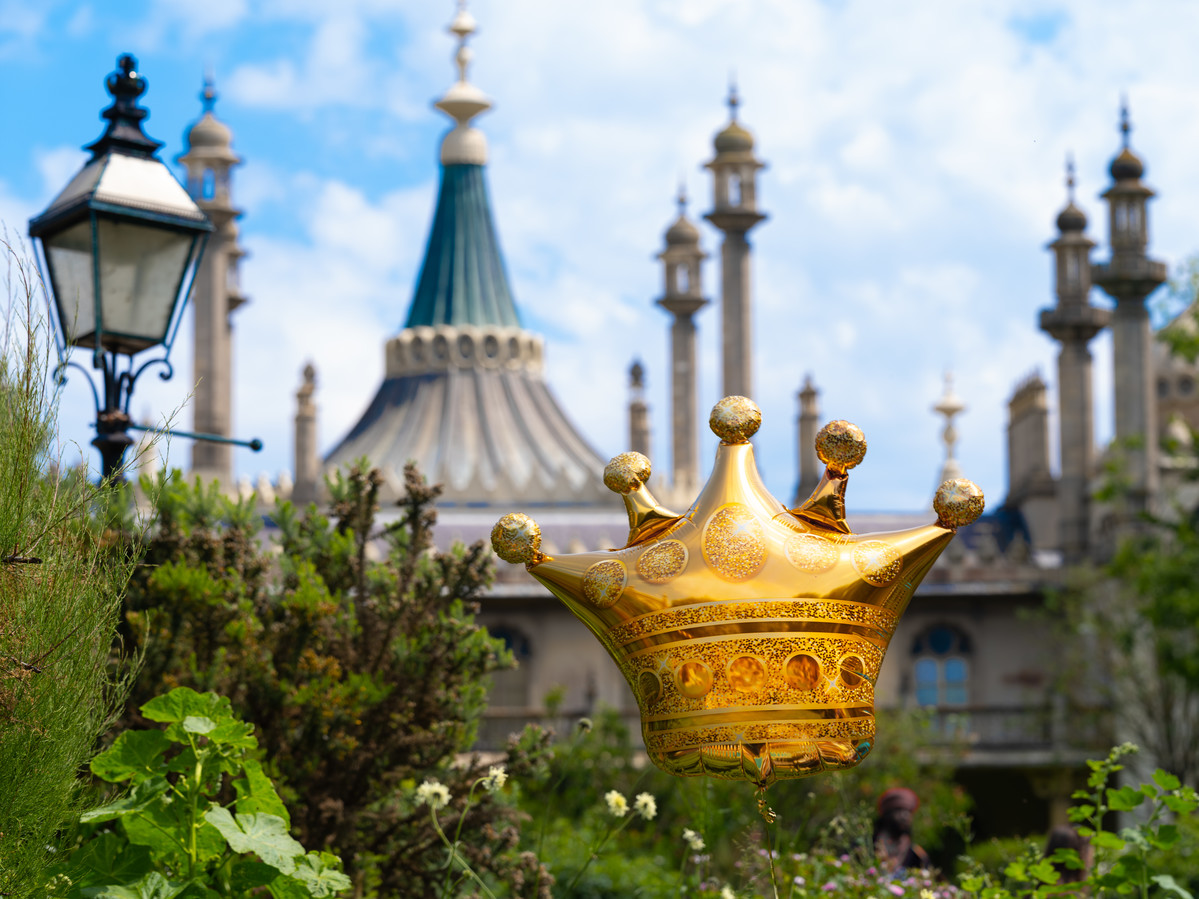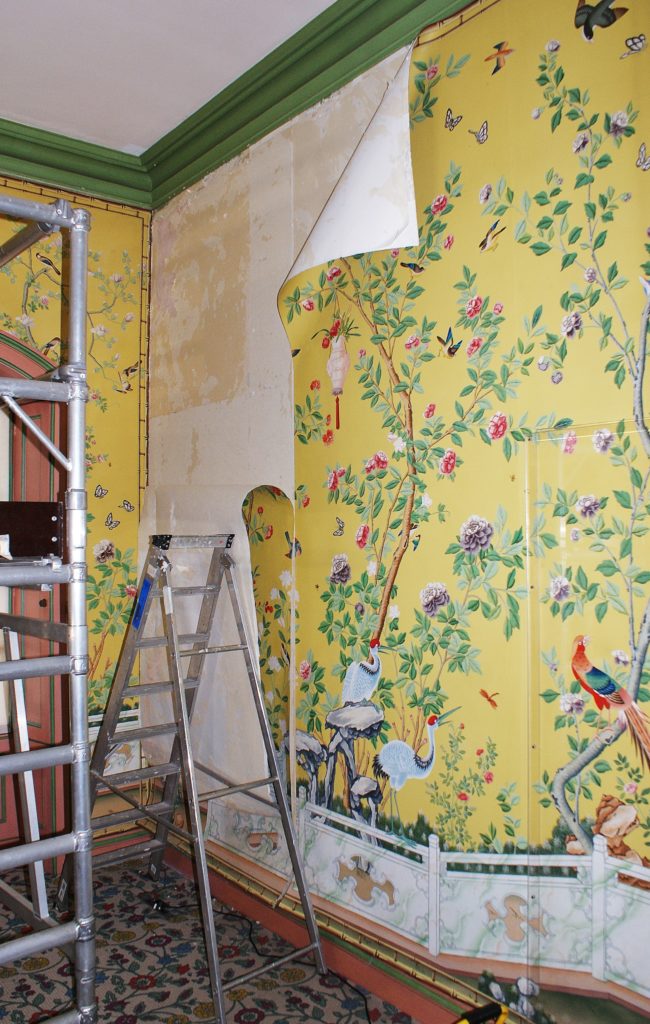Flower Power from the Far East – Peony, the King of Flowers

Around the time Chinese wallpaper was in high fashion in the West, many new plants and seeds were being imported from the Americas and Asia, especially China.
This was no easy task. The journey from China by ship would take at least four months, during which the plants, seeds and bulbs had to be kept in the right conditions. Special miniature greenhouses were made to protect plants on their long journey.
Propagated Chinese plants
In George IV’s lifetime, many newly arrived Chinese plants were being successfully propagated at Kew Gardens. By 1813 the Royal Gardener at Kew, William Townsend Aiton, recorded a total of 120 species that had recently been introduced from China.
In the same year Aiton planted the garden at Carlton House for the Prince Regent. Two years later the Brighton gardener John Furner met with the architect John Nash and Aiton in London to discuss the new planting of the Pavilion garden, which included many of the newly imported and propagated Chinese plants.

Pavilion Garden and wallpaper
Many of these new plants could be found in the Royal Pavilion Garden in the early nineteenth century. For example the Hydrangea, now common in British gardens, but first brought to Kew only in 1789.
Others are autumn-flowering chrysanthemums (1795), the tree peony (Paeonia suffruticosa, 1787) and several types of camellia (mid to late 18th century), while the Chinese Lantern (Physalis alkekengi) had been known in Britain since the 16th century (and can now easily be bought as fruit in British supermarkets).
It is perhaps not surprising that several of these can also be spotted on the Chinese wallpaper throughout the Royal Pavilion.

Peony – The King of Flowers
Along with silvery bamboo, peonies are the most commonly represented plants/flowers on Chinese wallpaper.
Peonies appear in the form of shrubs and spindly trees, and come in a wide range of strong colours, which surely must have appealed to both the creators of the papers in China and the consumers in the West.
The peony is also a deeply symbolic flower in Asia. Known as ‘the King of Flowers’, the tree peony (牡丹 mudan) in particular represents power, wealth, beauty, and is often associated with the Imperial family.
One wonders whether George IV or Queen Victoria were aware of this symbolism. As all flora and fauna on Chinese wallpaper and ceramics is to some degree stylised, it is not always easy to identify peonies, or distinguish them from roses.
Here are some great examples of pink and lilac peonies from our Chinese wallpaper in Queen Victoria’s bedroom, both in bud and opened. The flower can be seen in the Royal Pavilion Garden in high summer.

